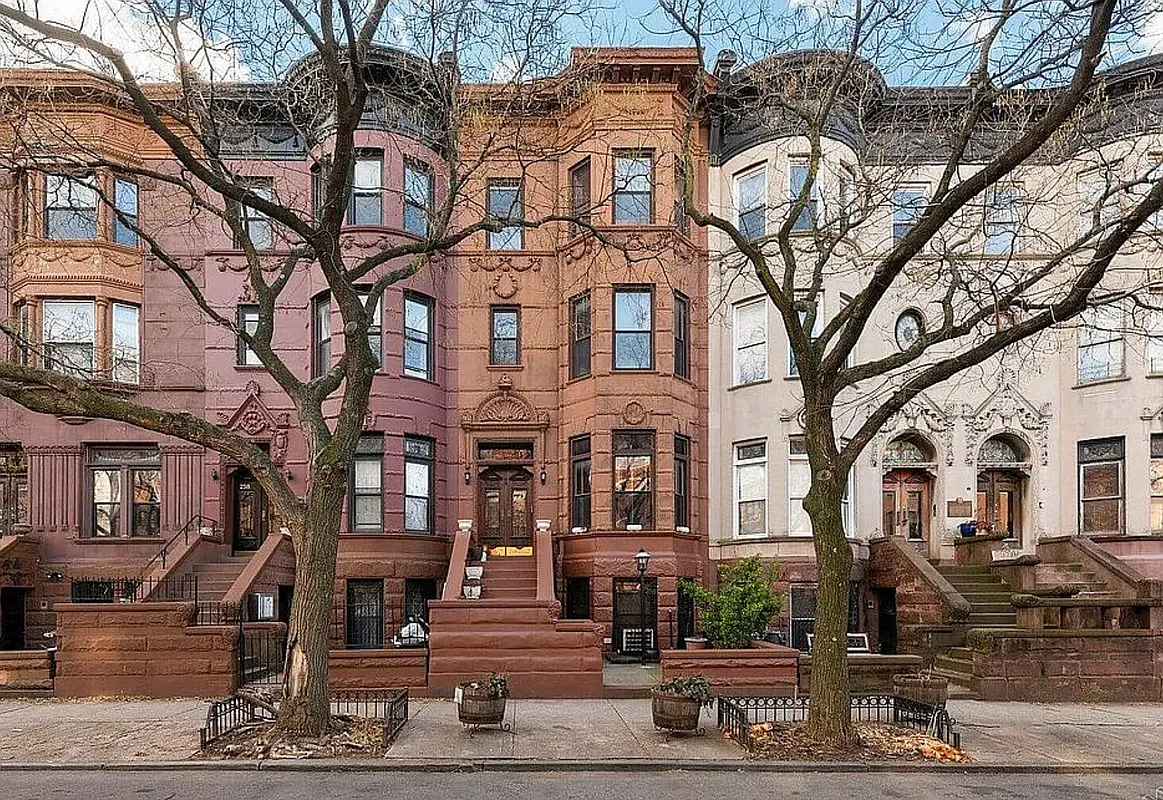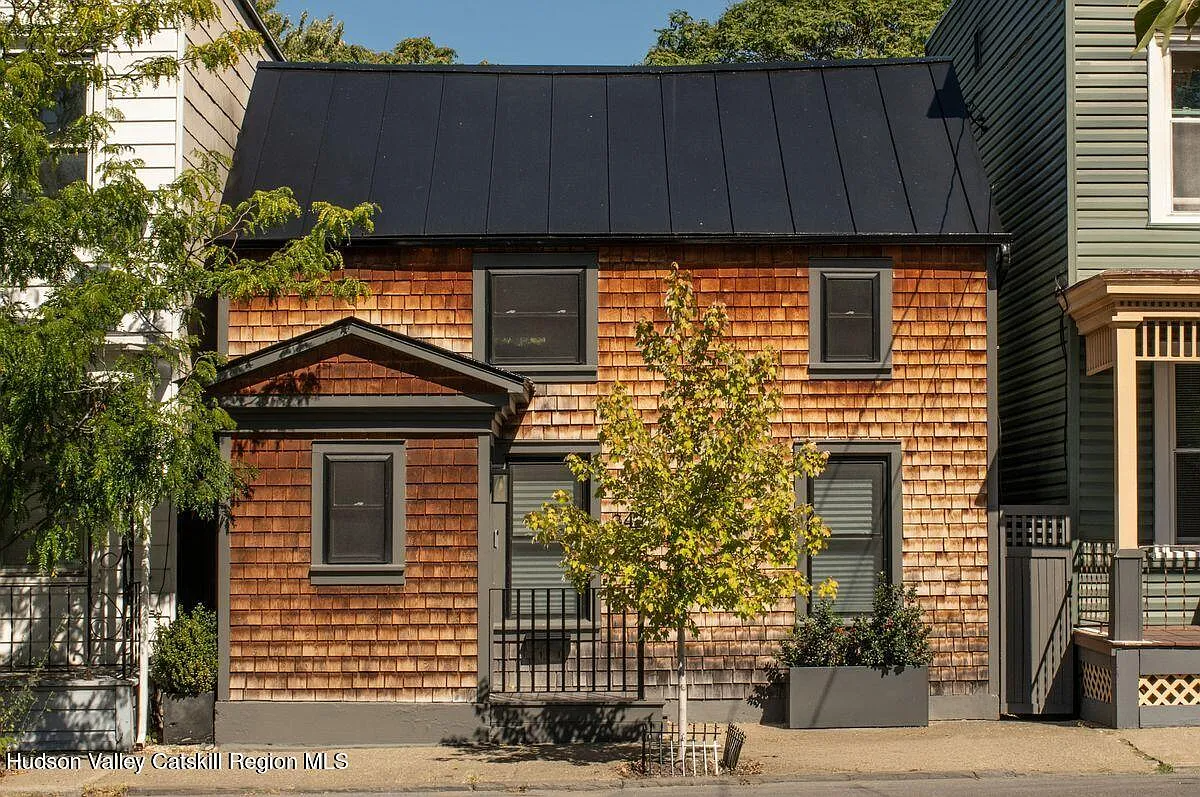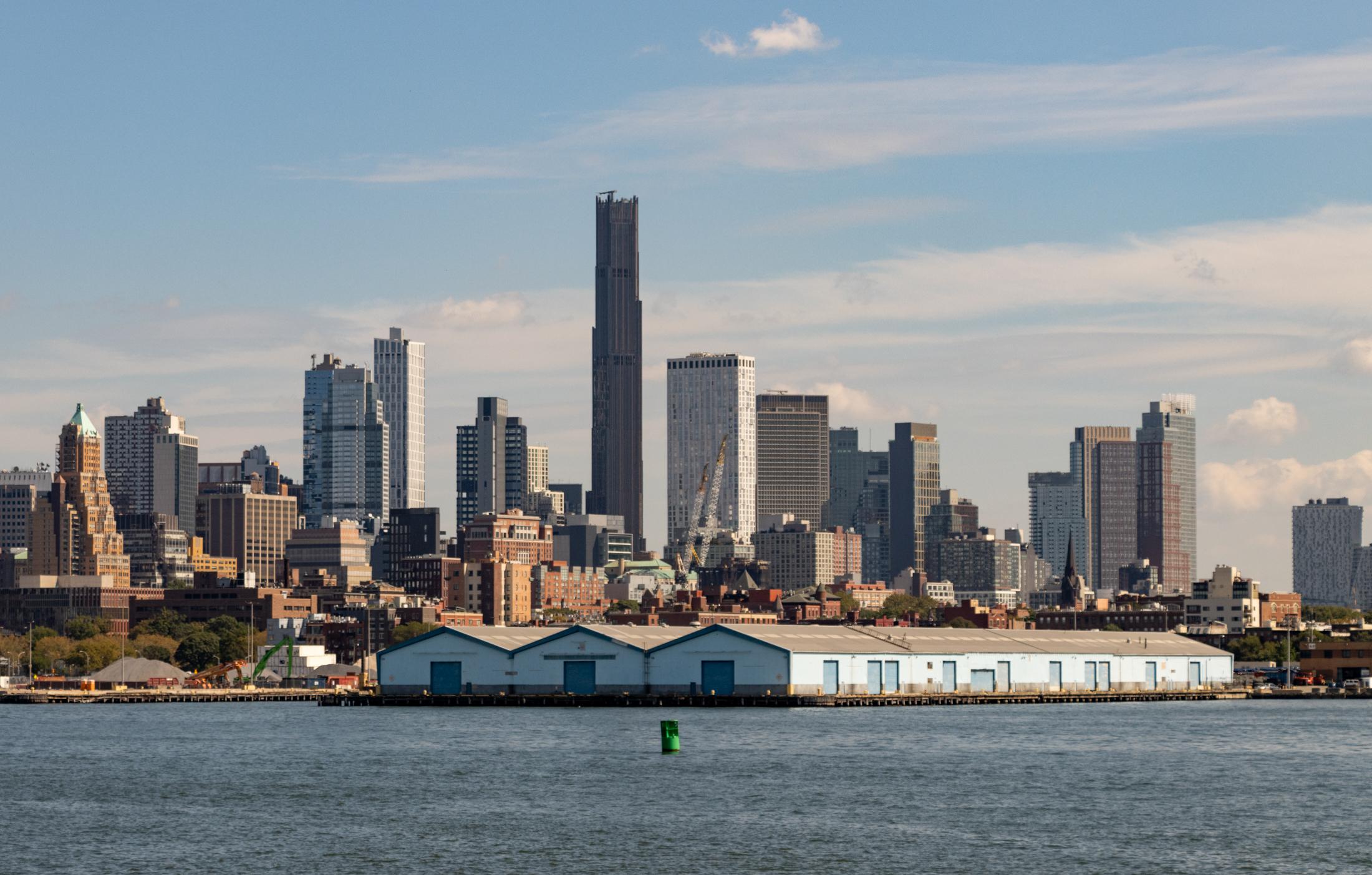Learning to Oppose the Atlantic Yards Project
Even though he lives within a few blocks of where the Nets arena would be built if Bruce Ratner’s Atlantic Yards project gets the go-ahead, writer Chris Smith had been long in forming an opinion on the subject. Partly in denial and partly in the interest of maintaining some kind of journalistic neutrality, it was…


Even though he lives within a few blocks of where the Nets arena would be built if Bruce Ratner’s Atlantic Yards project gets the go-ahead, writer Chris Smith had been long in forming an opinion on the subject. Partly in denial and partly in the interest of maintaining some kind of journalistic neutrality, it was not until he jumped head-first into researching this article–and witnessing first hand Ratner’s “truly chilling” manipulation of the political process–that he found himself standing firmly in the opposition camp. It’s a long, personalized article with lots of color, but his Bertha Lewis encounter was arguably the most histrionic, providing the article’s money-shot of a race-baiting quote (equalled only by the class-baiting of Assemblyman Roger Green):
“You want to talk to me about traffic, you want to talk to me about density, you go right ahead,” she says, implying she considers it all a pretext. “Talk to me about what your resolution is to the resegregation of Brooklyn. Black and brown folks have been driven out of central Brooklyn!” Lewis ladles on the “street” theatrics as she warms up, shimmying in her chair and dropping her g’s. “We’re looking at the gentrification—I don’t see a lot of black and brown folks in the wave runnin’ up in here! The overwhelming folks who are opposed are white people and wealthier people and more secure people and people who just arrived. Come on! This is about the power dynamic of who in fact is going to be living in Downtown and central Brooklyn and where the power Âreally is going to be. And we’re down to get it on! We’re tired of being pushed out. If we can stop one iota of gentrification, we’re gonna do it!“
For what, 900 apartments for the $35K-and-under set? What about all the people who will be waiting longer on crowded subway platforms and whose children will see their public school class sizes balloon? Certainly many of them will be “black and brown,” no?
Battle for the Soul of Brooklyn [New York Magazine]
NY Mag Weighs in on Atlantic Yards Saga [Brooklyn Record]






Your final problem with my thesis is that it relies on estimation? You are being truly obtuse. Do you somehow believe you have actually participated as an equal in this exchange, and we’ve come to logical loggerheads? Should we take our pipes to the drawing room for a good-natured brandy by the fire – two foes well-versed in the art of rhetoric? I don’t think so. Please. You’ve simply thrown mud at my otherwise clear exposition. We do not agree to disagree. Until you can empirically support your position with some substance you will fail to persuade me or, more importantly (I am loathe to admit), any serious decision maker. You and your ilk are staring down the barrel of a 500 page Draft EIS that finds nothing that will prevent or significantly alter the AY construction plan. Yet, you want to talk about abstract notions of size, scale and tipping points. This is not a pop philosophy exercise. Are you going to cite Malcolm Gladwell when you are called to testify?
Please read the traffic and transportation sections of a real Environmental Impact Statement for yourself. Any statements about the prospective effects of a project are based on estimates of resident, attendee and driver behavior. The percent that drive, the occupants per vehicle, even expexted attendance assumptions are hotly debated. They are not facts, they are informed conjecture. The formal AY review, insofar as there is one, will center on the minutiae of these estimates. I’ve proposed some estimates that I find credible in support of my all-too-clear thesis. You have offered nothing but vaguaries and contentious remarks.
Well, OE & MrLomez- I have to say we must agree to disagree.
MrLomez- you haven’t presented anything with any substance if you admit the numbers you gave are both speculation and estimation. You make odd comments such as: “The more high income housing you build, the less strain on public schools. So complaints about a lack of affordable housing in the plan and a shortage of classrooms rings false to me.” and “The point is that AY is big project, but Brooklyn is a big place. Nothing I have seen refutes this central reality.” Yet you claim you have presented your case clearly and in detail. I don’t think so.
It’s obvious no argument or fact will make you rethink your position, so its simply absurd to try. I understand your objection is that DDDB is shrill (you aren’t the only one. I think it hurts them also), but you also refuse to consider there is truth in anything they say, so it’s a losing proposition to debate. We will never see eye to eye.
And fyi- as far as insults go- you wrote,”Stop with the wailing, and start being a little analytical.” That comment wouldn’t win you debate points either.
Bx & co: it’s commonly known that adding lanes of traffic increases the number of cars driving on said road. So it makes sense that adding a parking lot to the arena will encourage people to drive to the game, which is a bad idea. As for schools, just look at the wave of people moving into and out of areas all over the city to see the city cope with this over the years.
Right now there are condo’s being built all over the south slope, but in fact the number of kids of schools there are not going up because (a) yuppies rarely have more than 2 kids, less then historical avg in those areas (b) families are moving out of brooklyn because they are being priced out (c) restrictions on immigration. All these forces will more than offset the AY project.
A high school debater would also recognize that ad hominem personal attacks rarely endear you to the judges.
I have presented a consistent view that three of the core infrastructure concerns are not well founded. East river crossing data is published in the New York Times each week and my data is consistent with these numbers. Wikipedia was convenient. If you have an issue with the traffic numbers I have listed in their entirety above, please correct them promptly. My event traffic assumptions are based on both sides of the debate over the Yankee stadium project and seem realistic to me. Is 65% personal vehicle use too high or too low? Is 20,000 attendees and event workers too high or too low? Is 2.5 attendees per vehicle user too high or too low? I count at least 600-700 public and private elementary school classrooms within 2 miles of the project. Too high or too low? Are subway volume to capacity ratios currently at levels that would not accomodate the residents and event attendees at atlantic yards? How many more subway cars would the existing lines require?
I have stated my views in considerable detail. This is not a logical exercise, it is an empirical one. All I see from on the otherside is a count of congested intersections – not a particularly useful statistic out of context. The concerns of the opponents have been disturbingly unfocused and non-credible and have run from preserving the historical character of the area (absurd on its face) to doom and gloom predictions of environmental disasters. All wrapped in the shrillest voices. Lower the pitch and fight for better local schools, improved public transportation and a sustainable traffic plan that actively discourages the use of personal vehicles around the project.
Hey, how about those Nets?
I think anyone looking at our posts will immediately see who is being analytical and who isn’t (hint: you). You’ve presented some of the most obscure, lame excuses for logic I have ever read. Even a high school debate team knows to use primary sources, and to stick to the point.
You make arguments such as: “The point is that AY is big project, but Brooklyn is a big place. Nothing I have seen refutes this central reality.” You said absolutely nothing here, (ok- so you mastered doublespeak when you read 1984. A dubious accomplishment), and the majority of your posts are in the same vein. My suggestion to you: get real and stop thinking you can obscure your lack of facts with meaningless verbiage.
Stop dwelling on the data sources. They are not massaged to favor one view or another. The point is that AY is big project, but Brooklyn is a big place. Nothing I have seen refutes this central reality.
I am not advocating more high income housing as solution to strain on public schools, I am simply suggesting that many of the objections to the project may be at cross purposes. If you are inerested in positive correlation between parking and traffic please read the comments and reports surrounding the Yankee stadium project.
I’ve examined some of the AY reports and can say that there is alot of speculation about how residents and visitors will adjust to the infrastructure challenges. There is a core of economic behavior. Traffic isn’t a cup that’s going to overflow if you pour too much water into it. Stop with the wailing, and start being a little analytical.
oops- I meant, this is too big and important.
Honestly your arguments are so obscure they make no sense. “The more high income housing you build, the less strain on public schools. So complaints about a lack of affordable housing in the plan and a shortage of classrooms rings false to me.” What on earth are you saying? The richer you are, the more likely you are to send your kid to a private school, not public, ergo we should build only hi income housing so as to alleviate the pressure on public schools? How does this make sense? What would you like to do with the poor and low income folk? Let them all live on the street?
The more parking, the more traffic? Parking is the end result of getting to a destination. The arena wants to be an enormous attraction- that’s what will generate the traffic. Did it ever occur to you that the cause of traffic are streets too narrow or not laid out for the high density areas now being built? Sheesh- Brooklyn’s street plan evolved out of roadways for horses and wagons, almost 300 years old in some places. Face it- any hi density project is going to bring in a lot of cars. Especially hi-income housing because the rich love their cars.
No one assumes that infrastructure is static- that’s your opinion, but not the case. What the protest is about, is that the powers that be are trying to do as little as possible to upgrade the infrastructure to accomodate the extra strain the AY will cause in the area. And while the development hasn’t happened yet, it would be a huge mistake to build it based on speculation and estimation. This is to be and too important. If speculation is the best response you have for what should be expertly researched facts, then your whole argument is invalid.
If you want to raise the level of this debate to a level acknowledging the complexity and planning challenges, then your level of response has to be much higher, and that means starting with statistics from an primary source , not wikipedia, and truly understanding the complexity and challenges.